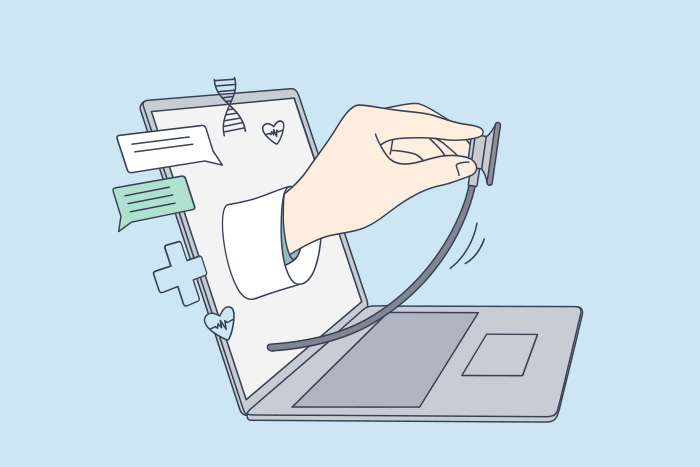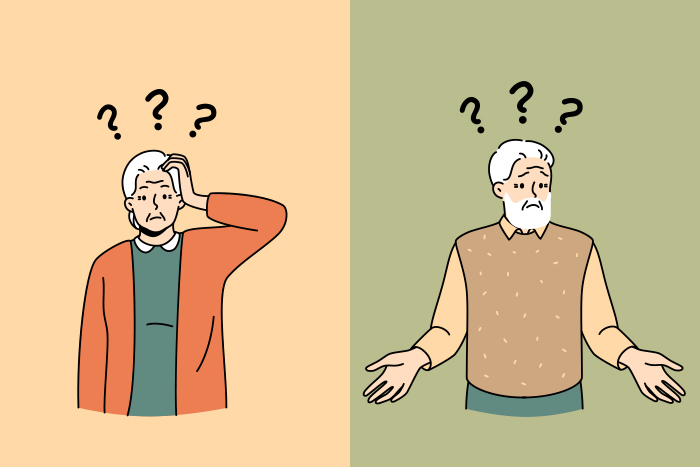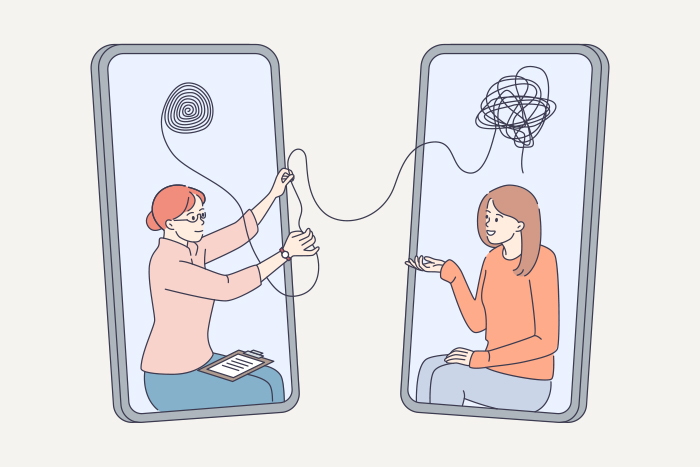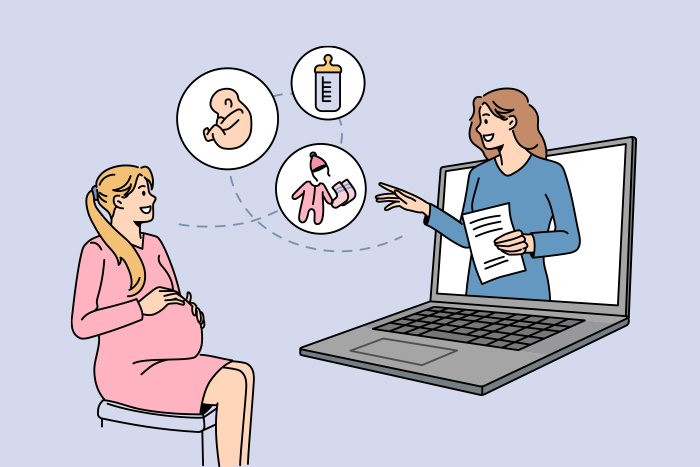



Dr. Gigi Osler joins us to explore the barriers to virtual healthcare. Virtual healthcare was a rarity before COVID-19 but immediately after the pandemic hit in March 2020, Canadians were forced to rethink how they access healthcare.
Let’s explore some key data points mentioned in this episode.


Listen to the full podcast:



Tech Literacy
In 2016 seniors, people aged 65 and older, were the age group most likely to have had contact with a medical doctor in the 12 months prior to being surveyed. However, seniors as a group had more negative views on the benefits of technology and were less likely to be Internet users. 97% of Canadians aged 15 to 64 used the Internet in 2016 versus 68% of seniors.

Internet Access
If you have an Internet download speed of 50 megabits per second or more, your Internet can support things like multiple users at a time, ultra-high-definition video streaming with more than one connected device, or downloading a high-definition movie quickly.
According to the 2020 Canadian Internet Use Survey, for those respondents who knew their advertised Internet connection speed, 72% reported having these faster speeds. But there is a geographic divide between those who do and those who do not live in what’s called a census metropolitan area or a census agglomeration.



Help Canadians meet mental healthcare needs.
In 2018, 5.3 million people in Canada mentioned they needed some help for their mental health in the previous year. Just over half of these Canadians had their needs fully met.

Diverge from hospital-centric care.
Canada continues to have a hospital-centric care system for those who are dying, despite the preference of most individuals to die in their community and other home-like settings. In 2020, 55% of deaths in Canada took place in a hospital.

Connects patients with providers
Many Canadians don’t have a regular healthcare provider. In 2020, 14% of Canadians 12 and older reported that they didn’t have a regular healthcare provider. This number is even higher among those between the ages of 18 to 34, about 1 in 4.


If you liked this, you might also like:

Want to listen to more podcasts?
Listen to the entire Eh Sayers collection to meet the people behind the data and explore the stories behind the numbers.

Listen to "Eh Sayers" on:

Contact Information
For more information, contact the Statistical Information Service (toll-free 1-800-263-1136; 514-283-8300; infostats@statcan.gc.ca) or Media Relations (statcan.mediahotline-ligneinfomedias.statcan@statcan.gc.ca).
